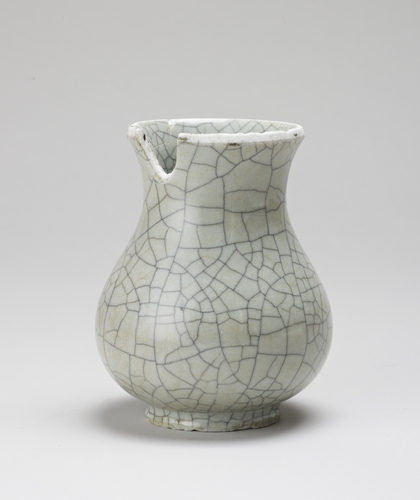席琳
以前有一位朋友说,国内就业最好的环境,一曰深圳,二曰上海。上海就不用说了,那一直是人精聚集的地方,深圳则是靠近香港,得地利之便。
2021年5月27日的深圳日报上,就有一篇文章,与众不同,是欣赏残瓷的(Enjoy the beauty of imperfection)。并附有两张图片。
Skilled craftsmen would first drill tiny holes into broken household wares on either side of a crack, before bending metal staples to hold the pieces together. Expert craftsmen in the past would drill through the glazed surface using a hand-operated drilling wheel with a diamond tip. The process requires great precision and control, given the fragility of the porcelain. Though the technique may sound rudimentary, it is undoubtedly effective.Public interest in this craft suddenly spiked in 2012 after the airing of a documentary on the craft on China Central TV. The program features a modern craftsman named Wang Zhenhai who hails from the fifth generation of a family of craftsmen who served in Beijing's Palace Museum. Now, craftspersons use a fine machinery drill that revolves up to 50,000 times per minute to accurately drill holes. They may at times carve patterns on the repaired items to make the patchwork more aesthetic.
其实锯瓷的技术,在北宋之前就已经有记载了。张泽瑞的清明上河图上,就画有一个锯瓷匠人:

到了明清,灯草画上也多有反映:
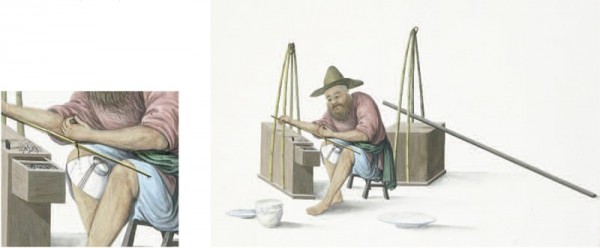

有了金刚钻,才揽瓷器活,锯瓷的技术,关键还是那金刚钻,其余的,不过是熟能生巧而已。所以不仅是大国的工匠,日本和欧洲的手艺人,也都可以锯瓷了。
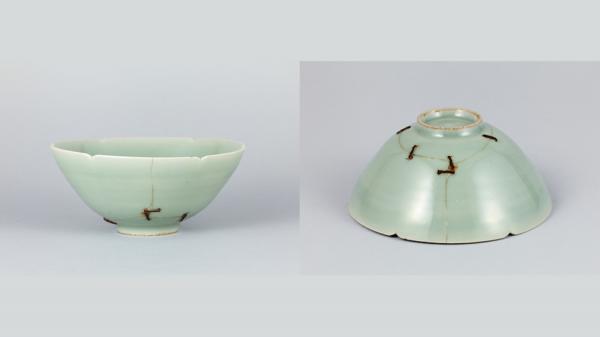
|
日本国家博物馆里的宋代瓷器 |
说起日本,瓷器金缮技术则算是一绝,并后来居上,深得人心。
所以欧美的博物馆里,以金缮技术修复的瓷器,并不比锯瓷的数量少,而且还备受青睐。

| 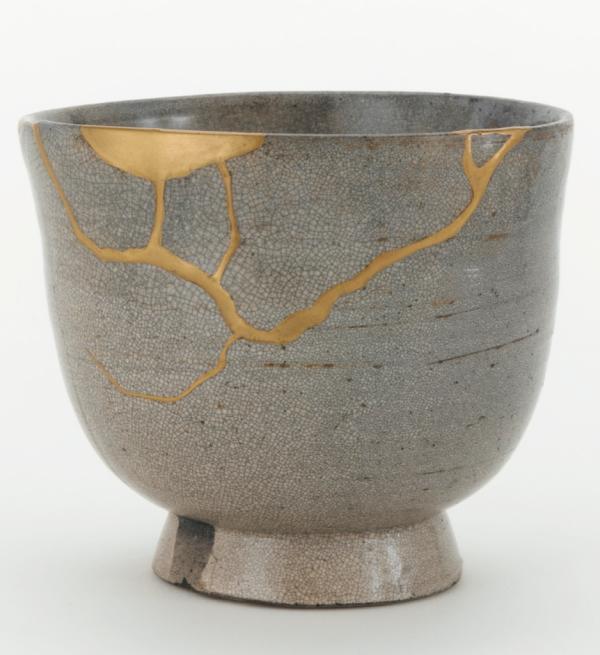
|
| 新奥尔良博物馆珍藏的中国瓷器 |
新奥尔良博物馆珍藏的日本瓷器 |

|
日本国家博物馆里的日本瓷器 |
考古学上的残器复原技术,基本就是金缮技术的再应用。

| 
|
山东大学博物馆龙山文化黑陶-陶筒形单耳杯 |
山东大学博物馆龙山文化黑陶-陶鼎 |
再说欧洲,除了锯瓷和金缮技术之外,另辟蹊径,发明了瓷器再造技术。缺盖缺把手的瓷器,继续可用。
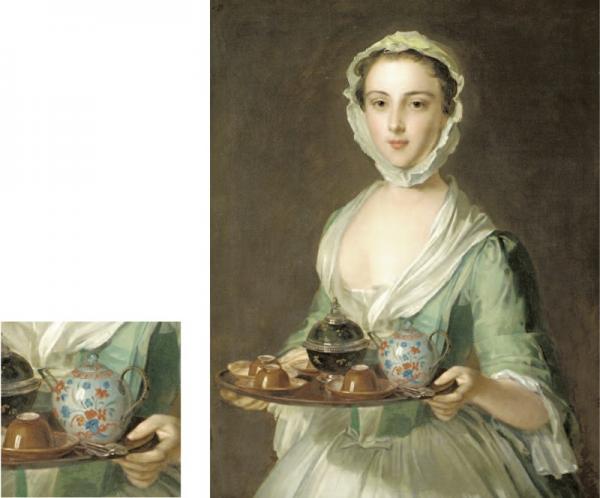
并且登峰造极,废物利用,艺术再加工,中西合璧,成为宫廷装饰艺术中的主流。


























